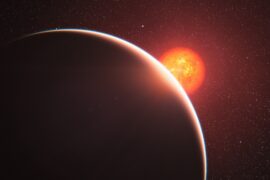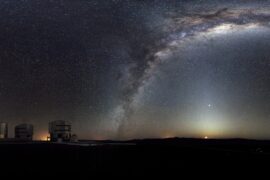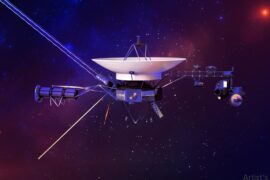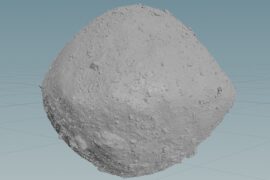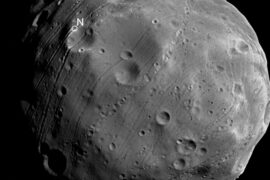Io is Jupiter’s most volcanic moon, with persistent plumes, lava flows and a surface reshaped on human timescales by tidal heating. Its extreme geology and interaction with Jupiter’s magnetosphere make Io a focus for understanding planetary volcanism and magnetospheric chemistry.
There are 11 Space Missions to Io, ranging from Cassini to Voyager 2. For each mission you’ll find below Agency,Launch year (YYYY),Closest approach (km).
Which spacecraft gave us the closest, most useful observations of Io?
Galileo made the most sustained close visits, delivering multiple targeted flybys and high-resolution imaging that mapped volcanic centers and surface changes; Voyager 1 and 2 provided the first close looks, and later encounters (for example Cassini) added complementary observations of plumes and thermal features.
What were the main scientific takeaways from these missions?
Together the missions confirmed active, widespread volcanism, detected towering plumes and hotspots, revealed sulfur and silicate surface variations, and showed how tidal heating and Jupiter’s magnetosphere drive Io’s environment—findings that shaped models of its interior, surface processes, and role in the Jovian system.
Space Missions to Io
| Mission | Agency | Launch year (YYYY) | Closest approach (km) |
|---|---|---|---|
| Pioneer 10 | NASA | 1972 | 357,000 |
| Pioneer 11 | NASA | 1973 | 586,000 |
| Voyager 1 | NASA | 1977 | 20,600 |
| Voyager 2 | NASA | 1977 | 1,130,000 |
| Galileo | NASA | 1989 | 181 |
| Cassini | NASA/ESA/ASI | 1997 | ~10,000,000 |
| New Horizons | NASA | 2006 | 2,200,000 |
| Juno | NASA | 2011 | 1,500 |
| JUICE | ESA | 2023 | ~1,000 (planned) |
| Europa Clipper | NASA | 2024 | — |
| Io Volcano Observer (IVO) | NASA | Proposed | — |
Images and Descriptions
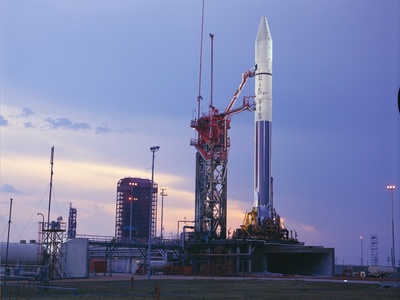
Pioneer 10
A flyby mission, Pioneer 10 provided the first-ever close-up images of Io in December 1973. It discovered that Io has a thin atmosphere and an intense radiation belt associated with its orbit. The mission concluded after contact was lost in 2003.
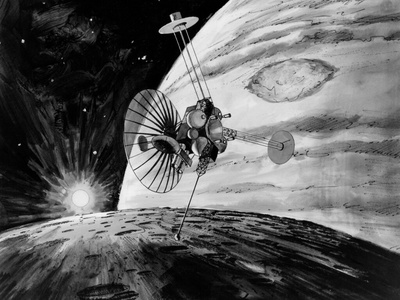
Pioneer 11
Following its sibling, Pioneer 11 flew past the Jupiter system in December 1974. Its observations of Io were more distant than Pioneer 10’s but helped refine measurements of the moon’s properties, like its mass and density, before its mission ended in 1995.

Voyager 1
During its March 1979 Jupiter flyby, Voyager 1 made the stunning discovery of active volcanoes on Io, revealing it as the most geologically active body in the solar system. This finding fundamentally changed our understanding of planetary moons. The spacecraft is still operating.

Voyager 2
Arriving at Jupiter four months after its twin in July 1979, Voyager 2 observed changes in Io’s volcanic plumes. This confirmed the dynamic and ongoing nature of its geological activity. Voyager 2 continues to explore interstellar space, providing valuable data from beyond our solar system.
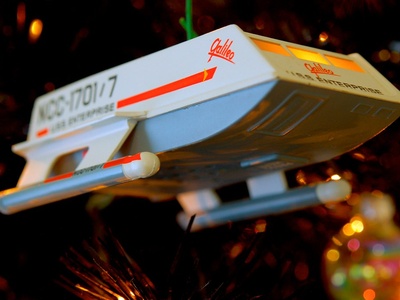
Galileo
The first spacecraft to orbit Jupiter, Galileo studied Io extensively from 1995 to 2003. It executed multiple extremely close flybys, revealing Io’s iron core, vast lava flows, and towering mountains. The mission ended with a planned plunge into Jupiter’s atmosphere.

Cassini
En route to Saturn, Cassini flew by Jupiter in late 2000 and conducted joint observations of Io with the Galileo orbiter. Though distant, it studied Io’s interaction with Jupiter’s magnetosphere, providing a unique dual-spacecraft perspective of the system’s dynamics.
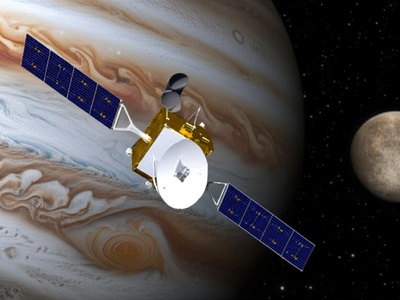
New Horizons
Using Jupiter for a gravity assist in 2007 on its way to Pluto, New Horizons captured spectacular long-range images of Io. It famously observed a massive, 300-km-high volcanic plume from the Tvashtar Paterae volcano, providing a detailed look at eruption dynamics.
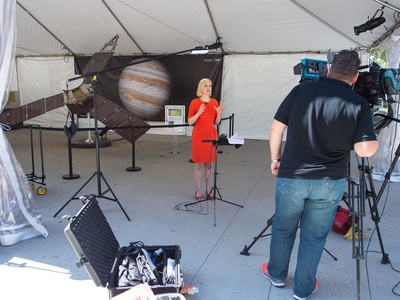
Juno
While primarily studying Jupiter, the ongoing Juno mission has performed several very close flybys of Io since 2022. Its JunoCam and other instruments are providing the highest-resolution images and data to date on Io’s polar regions and intense volcanic activity.

JUICE
The Jupiter Icy Moons Explorer is an ongoing mission targeting Ganymede, Europa, and Callisto. It will perform two gravity-assist flybys of Io, using its instruments to study the moon’s active volcanism and its profound impact on the vast Jovian magnetosphere.
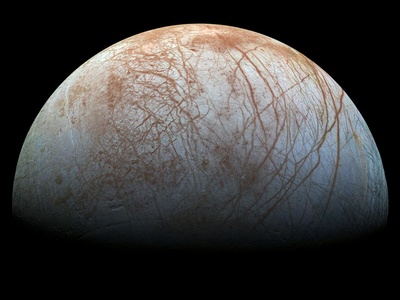
Europa Clipper
Scheduled for launch in 2024, Europa Clipper’s main goal is to study Europa. However, its trajectory will allow for numerous distant observations of Io, monitoring its volcanic activity and plasma torus. These observations will provide valuable context for its primary mission.
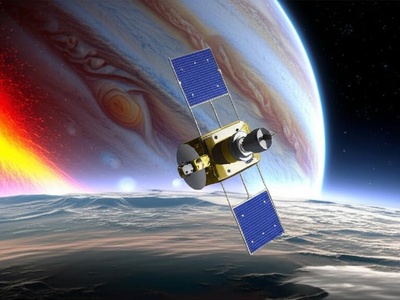
Io Volcano Observer (IVO)
A proposed Discovery-class mission concept designed for multiple close flybys of Io from a Jupiter orbit. IVO’s primary goals are to understand how Io’s tidal heating works, the nature of its magma, and how it loses heat. It has been a finalist but is not yet selected.
Enjoyed this article?
Get daily 10-minute PDFs about astronomy to read before bed!
Sign up for our upcoming micro-learning service where you will learn something new about space and beyond every day while winding down.


